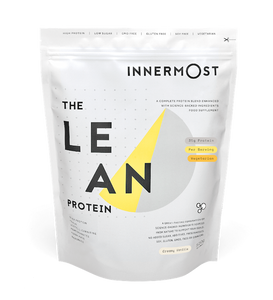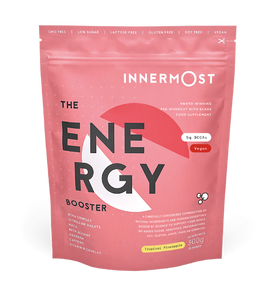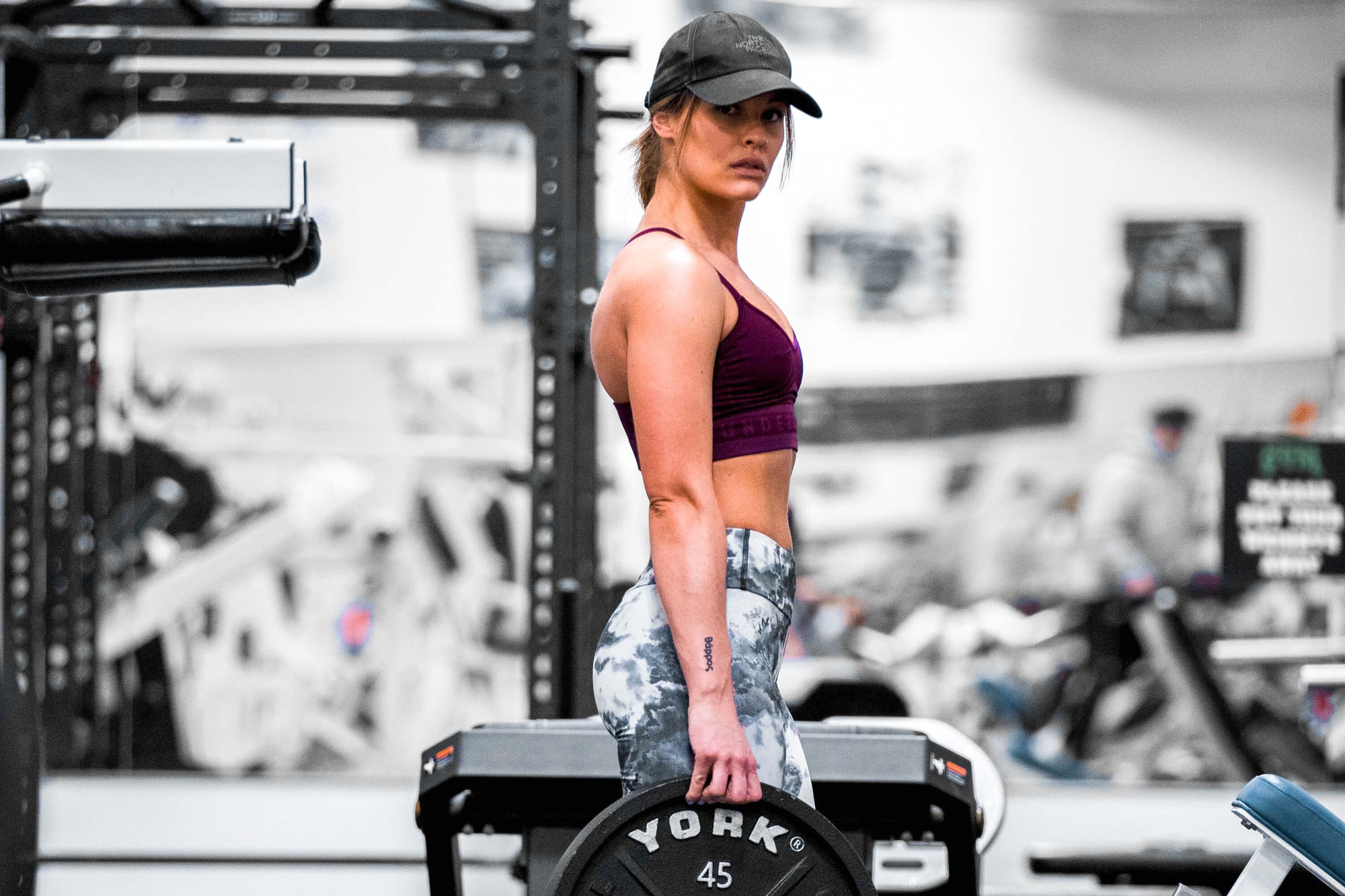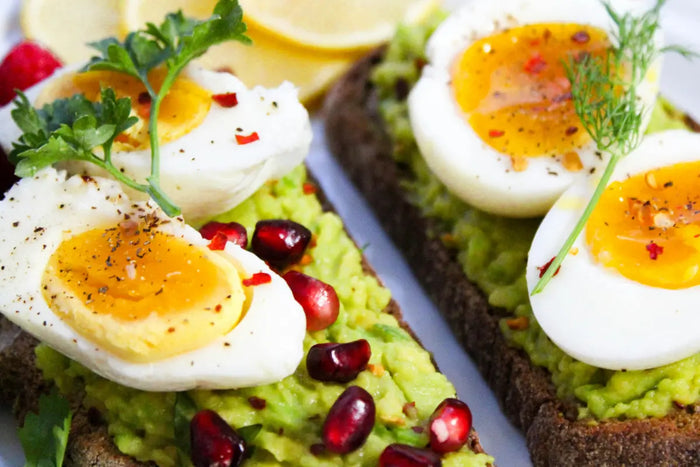Do you constantly feel like your muscles are in knots that need several days worth of massage to straighten out? Quite frankly, is your back posture reminiscent of the Hunchback of Notre Dame? Slouch central?
Chances are this will have something to do with your posture. Stand taller and feel looser with these posture reviving tips.
Not sure how to improve your posture? We've got all the best posture tips for you right here.
Make it a foam party
If you have bad posture, you're likely to find you also have unwanted tension in your back and neck. Use a foam roller to loosen up your back muscles so that you can stand tall comfortably. Place the roller on the floor and lie with your upper back on the roller and your feet flat on the ground. Roll slowly up and down, and alongside each side of your spine, to increase blood flow and help to alleviate tension. Repeat the process with a tennis ball to target trigger points.
Eyes to the sky: start looking up
Find yourself staring at more concrete than sky when you're walking? Bring that eye line up to straighten out your neck, bring your shoulders back and keep your spine straighter. This will reduce the pressure on your neck and upper back, and provide you with a much better view...
Not to mention, this will fix that bad back posture of yours in seconds.
Don't forget to stretch
If you've been around here a while, you're probably a bit fed up of us talking about stretching. Sorry about that. (Not).
Keeping your body flexible and free of tension is key for improving posture, so ensure you're stretching your entire body before and after exercise. If you're looking to boost flexibility, make sure you're stretching after your showers as this is when your muscles are already warmed up and loose.
When searching how to improve your posture, posture tips are everywhere, which means you may get a little overwhelmed when it comes to how to complete back posture correction properly.
For some better posture exercises, try out the below stretches:
- 5 Tips For Looking After Your Back
- Simple Stretches To Relax Tense Shoulders
- A Quick Guide For Tackling That Necessary 5 Min Daily Body Stretch
- 9 Easy Stretching Exercises That Will Increase Flexibility
Make sure you're using The Recover Capsules every morning and night to ensure your body has the nutrients it needs for healthy muscle recovery after exercise.
Get creative
Try out a new sport that makes you work for a straight, lengthened posture. Ballet is the best example of this, but if your tights are at the dry cleaner's, swimming, weight lifting or yoga are great too.
Start from the ground up
Make sure you're not wearing a pair of shoes to death - and look out for soles that are being worn down on one side more than the other, which suggests uneven weight distribution when you walk.
A good pair of shoes are designed to support your posture and stride, but won't last forever. So renew them when the soles wear down, and use insoles if you need them!
Double strap it
Avoid carrying heavy bags on one shoulder whenever possible - if you have to, be sure to switch across shoulders rather than punishing one.
Desk-bound?
If you're at a desk all day, get up and have a walk around as often as socially acceptable... Have your screen as close to eye level as possible, and check out a standing desk if you want to show off how well you are to your colleagues. When sitting, keep both feet flat on the ground rather than crossing your legs, as this will ensure you are keeping your hips straight, which will translate to a straighter spine.
There are also these 6 Hip Flexor Stretches That Are Essential If You Work At A Desk that you can try...
Check them out.
Summary
If you need an extra hand improving your wellbeing, check out The Wellbeing Collection. The collection contains three of our best sellers: The Health Protein, The Detox Booster and The Recover Capsules, all of which are packed full of functional ingredients, nootropics and adaptogens, and ready to do you a world of good.


















